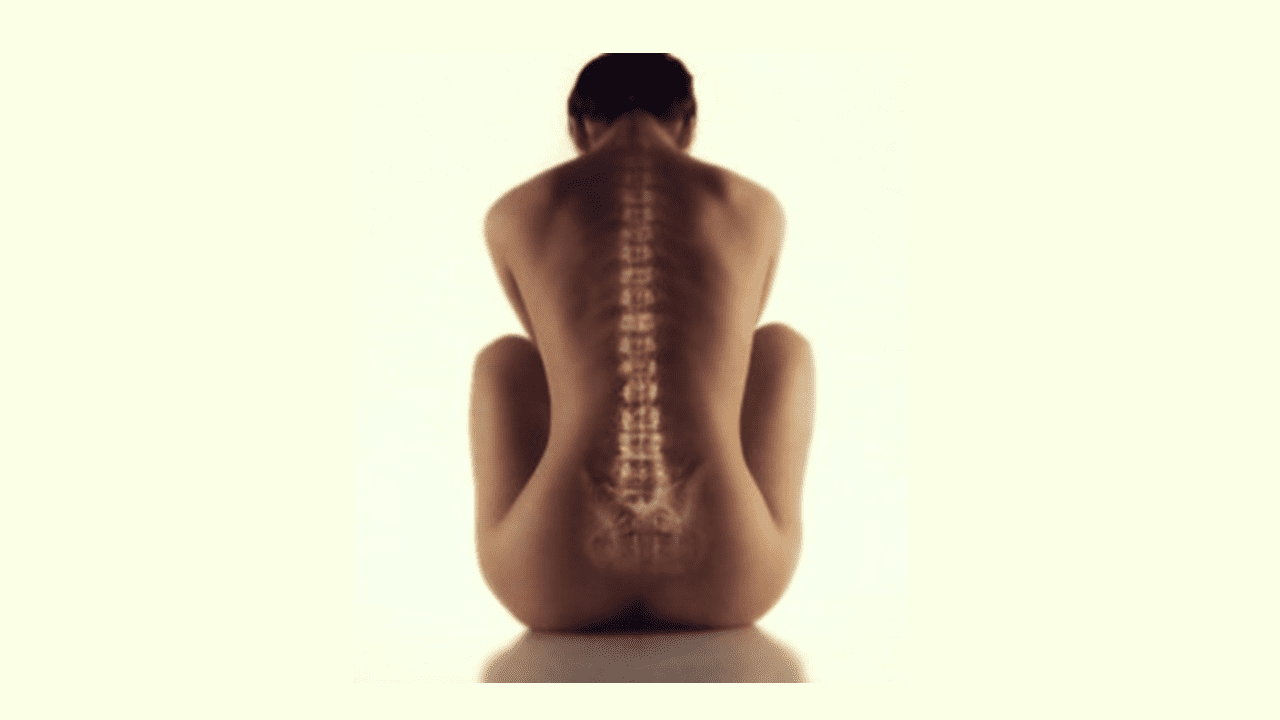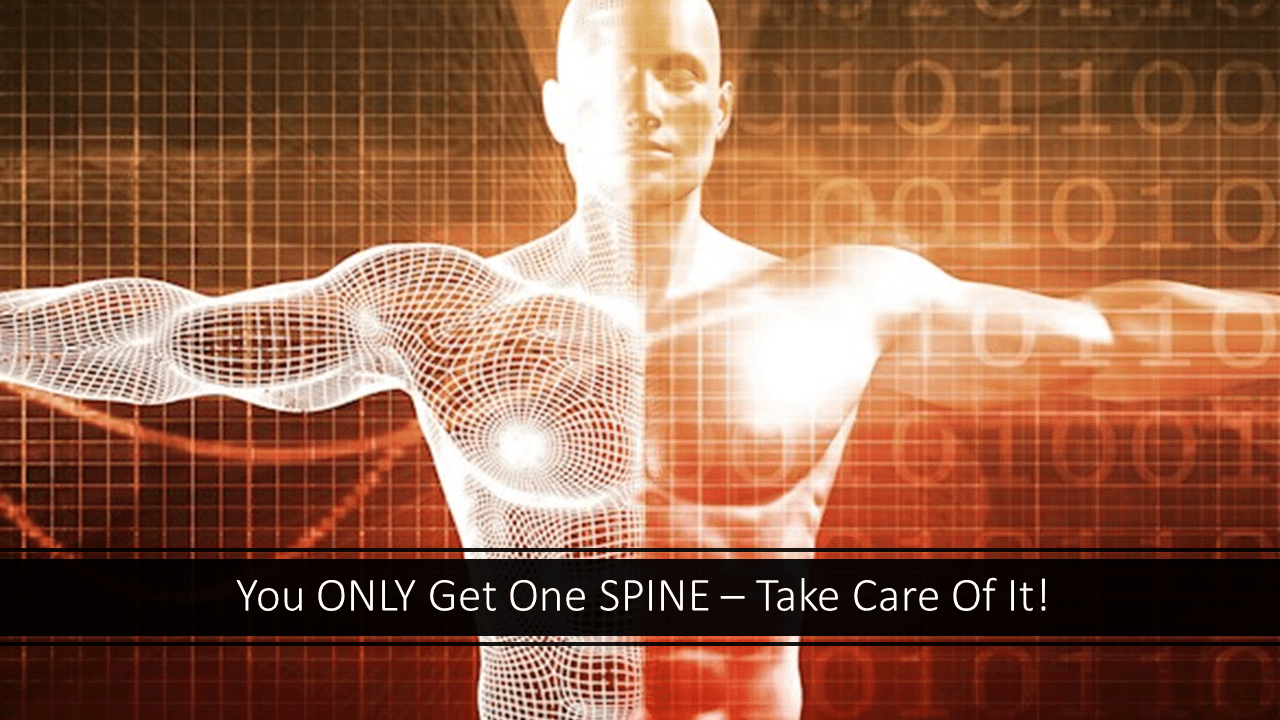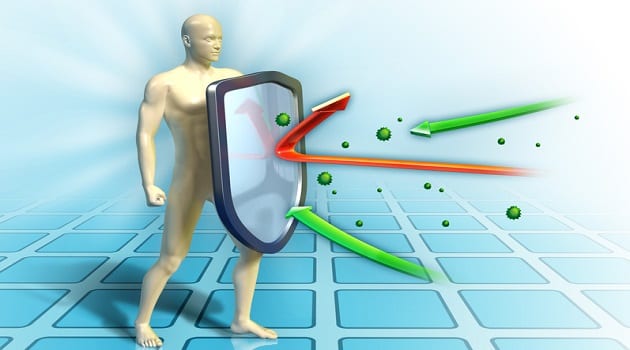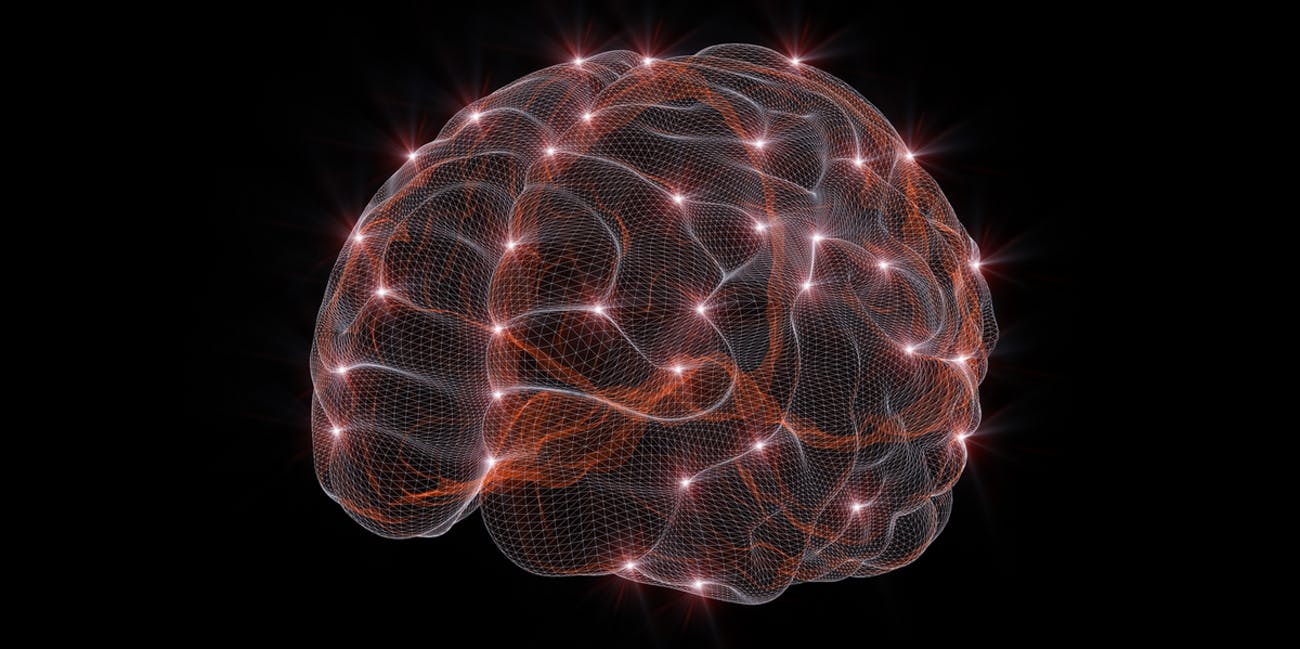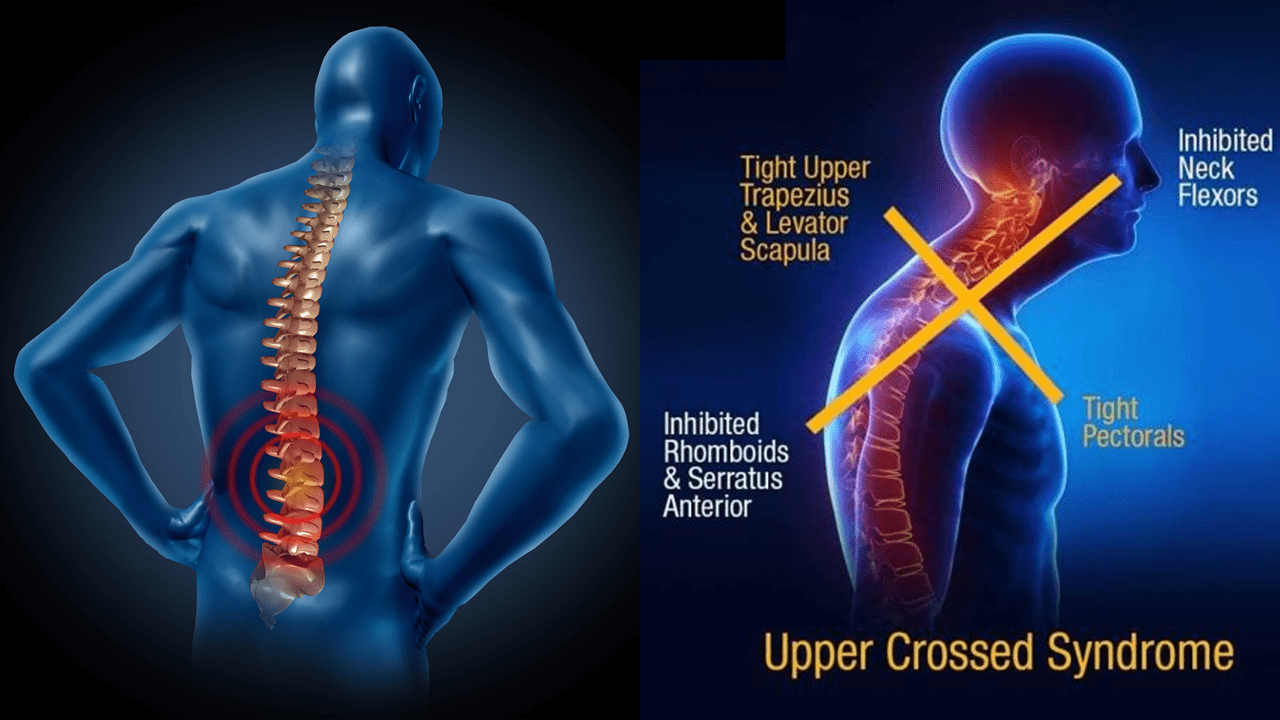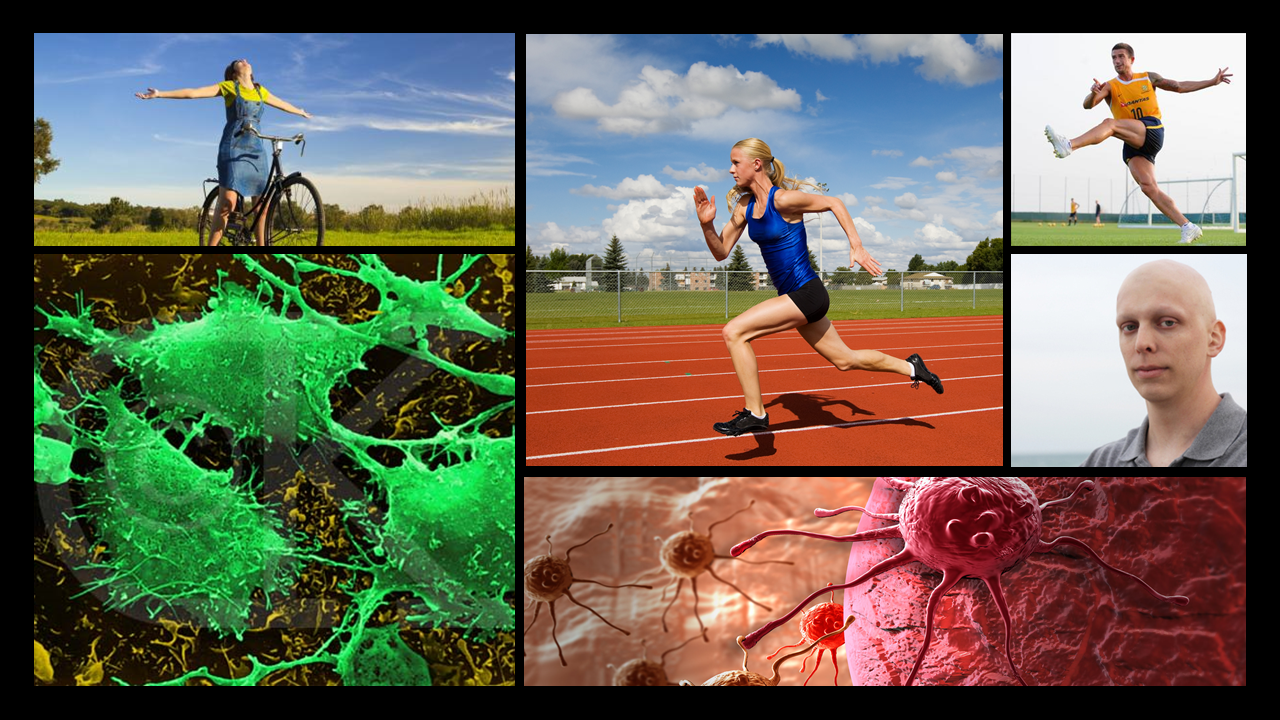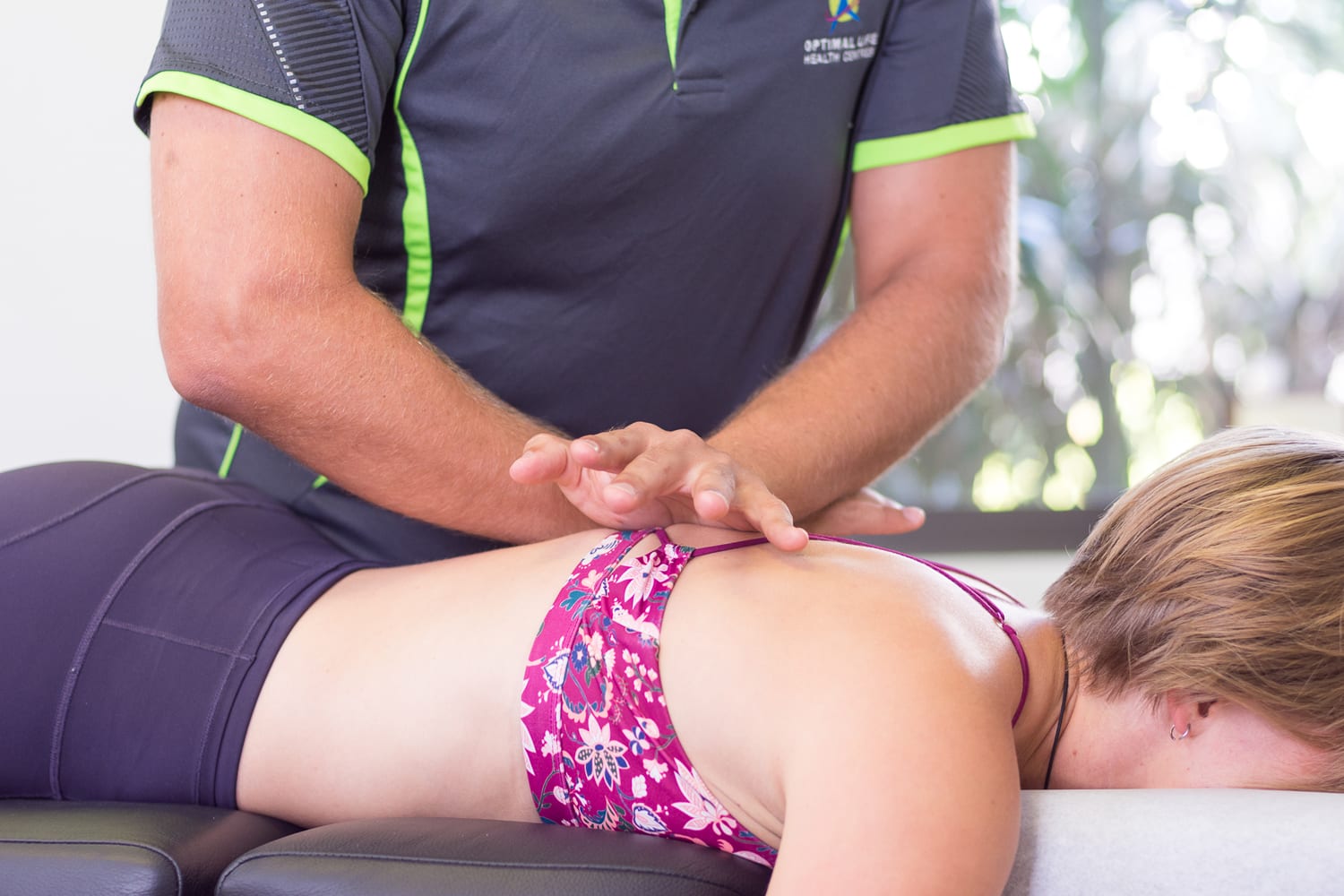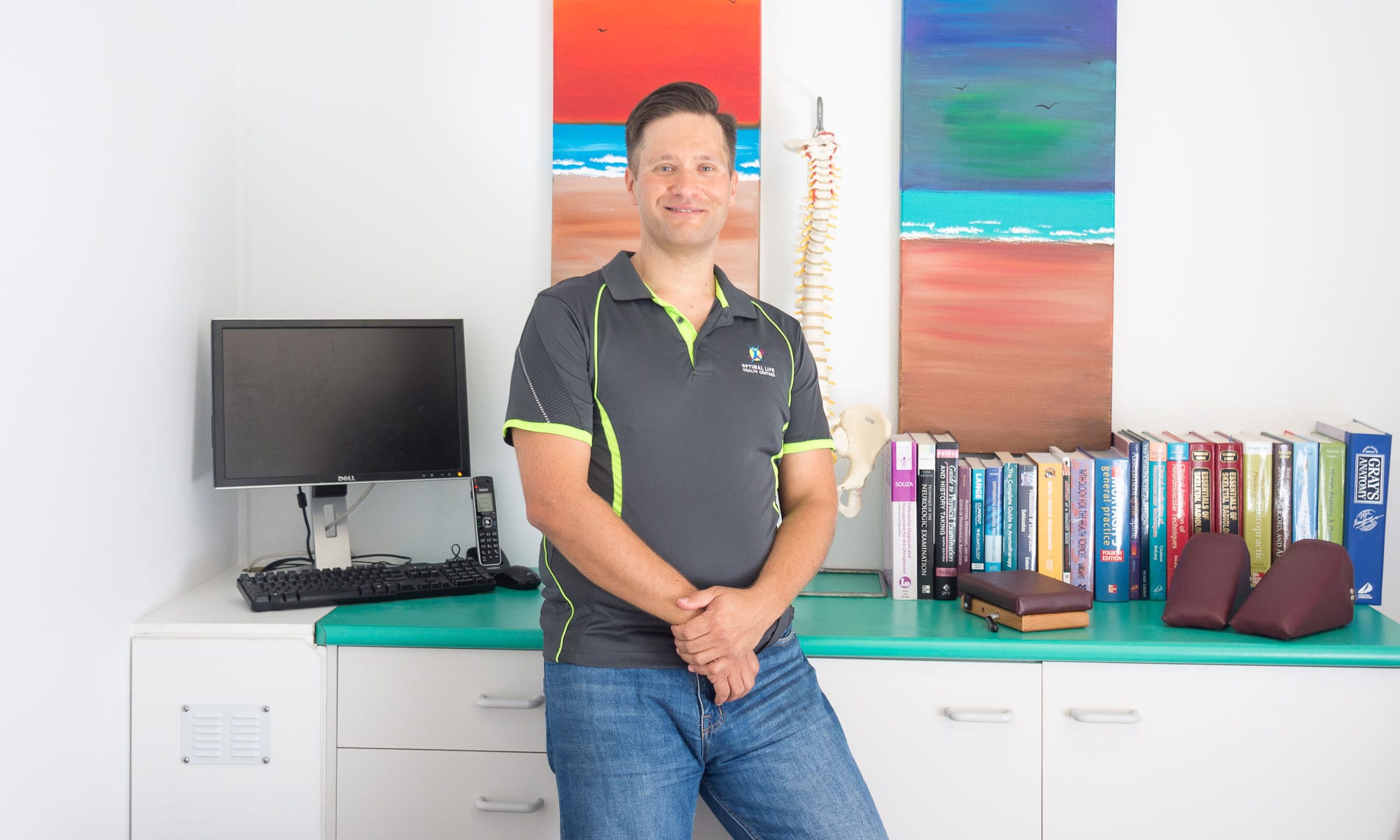Chiropractic subluxation leads to immobilisation of spinal joints. These joints are richly concentrated with the nerve receptors that ‘instruct’ the brain where the body is in space – the literally give the brain perception of YOU. When we think of immobilisation the image in our mind is usually something related to the larger joints or … Read more
Healthcare
Healthcare can be defined as ANY approach or intervention aimed at helping a state of sickness move toward wellness by improving cellular function.
This includes any intervention which identifies cells that are not operating at 10/10 function – and then works toward removing, reducing or counteracting physical, chemical, mental-emotional or behavioural toxicities and/or resolving deficiencies.
The result of this model is that you are moving a person from wherever they are on the health scale HIGHER, back toward the 10/10 level.
This is the ‘salutogenic’ model where healthcare is focused on factors that support human health and well-being, rather than on factors that cause disease (pathogenesis). This model specifically concerns itself with the relationship between health, stress, and coping.
In our view healthcare professionals do need to be consulted regularly, whether you are suffering from overt symptoms and disease, or not! Healthcare is a process, not an event. Healthcare providers are coaches – skilled, knowledgeable people who can help you learn new ideas and implement strategies to make great change and help you live a better life.
An approach or intervention that further induces a state of toxicity or deficiency, or overrides the organisms natural function, EVEN if it removes a symptom or helps someone feel better is NOT true healthcare.
It may be a useful or helpful intervention for someone in crisis, but it is not about actually moving someone further along the health continuum to a state of better health.
Much of the traditional system of what is called ‘healthcare’ in our society (while important, valuable and valid when a patient is in a critical or crisis state) does not move toward further cellular health. Instead, it tends to suppress symptoms, and by making someone ‘feel’ better, gives them an inaccurate belief or trust that they are now well or that the problem is resolved.
This archive contains a range of articles and resources that focus on this salutogenic model of healthcare.
Spinal hygiene – behaviours to keep motion and health of our spine in peak condition – is vital, yet regularly overlooked by many. Spinal hygiene includes stretching, strengthening, posture correction, strength, better lifting technique, less sitting and so much more. Efforts toward spinal hygiene need to be engaged in daily, for life. It is as … Read more
Stress levels in our body – particularly if the body or brain is in an overwhelmed state where it cannot effectively dissipate or adapt to this stress – can have a harmful or depressing effect on our ‘immunocompetence’ – the ability of our immune system to do it’s job and fight internal and external threats. … Read more
Sufficient movement, and the resultant transmission of nerve feedback that ‘signals’ awareness of this movement to the brain is CRITICAL to healthy brain function. The common theme we’ve been discussing under the category of Vibrant Life Key 3 – Moving – the way it’s meant to be, is the importance of sufficient levels of movement … Read more
The impact of modern living choices on our posture is stark and significant. Poor posture is both initiated or maintained by many of our behaviours and use of personal devices (phones etc.) AND by the stress-load in our bodies leading to dominance of our ‘fear and protection’ neurological reaction as an attempt to keep us … Read more
It is clear common-sense that movement is valuable and necessary to promote optimal health – including skeletal health. The stresses of gravity, ‘push-pull’ of muscles, resistance and weight-bearing in an upright position all contribute to a ‘sensory’ load that keeps our bony system healthy. Bones are constantly changing, thickening, re-shaping in response to these loads … Read more
Appropriate movement levels can promote a cancer-free functional state – a level of health in the body where the likelihood of the development of cancers is significantly reduced; this is more evidence of the critical role movement plays in an ideal life. Elsewhere on this site we have shown the impact of a chronic ‘stress’ … Read more
A consistent argument discussed on this site is that chiropractic adjustments (when required) are an essential component of living a vibrant, ideal life with great levels of health. This assertion is based on the definition of health we use, and the rationale for regular chiropractic adjustments, found here. Chiropractic Adjustments help restore the needed and … Read more
Why is it invalid to judge the merit of healthcare purely on symptoms alone? I argue that symptoms are a BAD way to judge how healthy you are. Symptoms are a BAD way to judge your progress. Symptoms are a BAD way to determine if you need healthcare support. Why does the Wellness & Prevention … Read more
What is sickness? What is disease? How do stressors lead to sickness? Every health profession agrees that ideal health or function is a state called ‘homeostasis‘. The way we’ve described it elsewhere on this site is a state where all cells of the organism are operating at 10/10 on the continuum of health. Remember the … Read more

